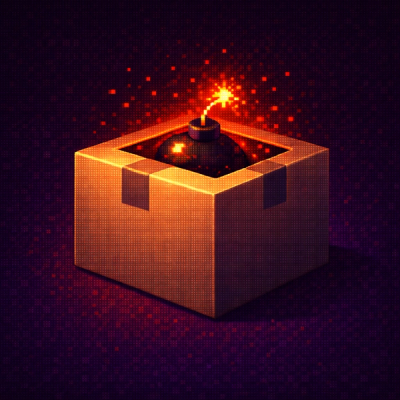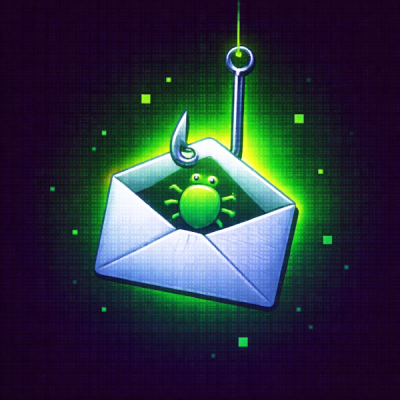
Research
2025 Report: Destructive Malware in Open Source Packages
Destructive malware is rising across open source registries, using delays and kill switches to wipe code, break builds, and disrupt CI/CD.
@deck.gl/core
Advanced tools
Three.js is a popular JavaScript library for creating 3D graphics in the browser. It provides a wide range of features for rendering 3D scenes, including support for WebGL, shaders, and various geometries. Compared to @deck.gl/core, Three.js is more general-purpose and lower-level, requiring more manual setup for data visualization tasks.
Leaflet is an open-source JavaScript library for mobile-friendly interactive maps. It is lightweight and easy to use, with a focus on simplicity and performance. While Leaflet is excellent for creating interactive maps, it does not offer the same level of performance and customization for large-scale data visualizations as @deck.gl/core.
D3.js (Data-Driven Documents) is a powerful JavaScript library for creating dynamic and interactive data visualizations in the web browser. It provides a wide range of tools for manipulating documents based on data. D3.js is highly flexible and can be used to create custom visualizations, but it requires more effort to achieve the same level of performance and interactivity as @deck.gl/core.
FAQs
deck.gl core library
The npm package @deck.gl/core receives a total of 79,418 weekly downloads. As such, @deck.gl/core popularity was classified as popular.
We found that @deck.gl/core demonstrated a healthy version release cadence and project activity because the last version was released less than a year ago. It has 5 open source maintainers collaborating on the project.
Did you know?

Socket for GitHub automatically highlights issues in each pull request and monitors the health of all your open source dependencies. Discover the contents of your packages and block harmful activity before you install or update your dependencies.

Research
Destructive malware is rising across open source registries, using delays and kill switches to wipe code, break builds, and disrupt CI/CD.

Security News
Socket CTO Ahmad Nassri shares practical AI coding techniques, tools, and team workflows, plus what still feels noisy and why shipping remains human-led.

Research
/Security News
A five-month operation turned 27 npm packages into durable hosting for browser-run lures that mimic document-sharing portals and Microsoft sign-in, targeting 25 organizations across manufacturing, industrial automation, plastics, and healthcare for credential theft.